How to Unclog a Dishwasher That Won't Drain

By Alexa Erickson
A dishwasher is so convenient. It provides a “set it and forget it” approach, saving you the time of washing and drying by hand while freeing up space in the sink and on countertops as you prep and cook. It’s easy to take the dishwasher for granted — until the doomful day when it gets clogged.
There are a few reasons why a dishwasher gets clogged, but the culprit is likely food particles that get caught in the drain or hose. Or, the issue might not even be in the dishwasher; it could actually be in the garbage disposal.
If this helpful kitchen appliance takes a hit, don't fear! This guide will walk you through the tools you’ll need for how to unclog your dishwasher.
Photo via Home Repair Tutor
Signs Your Dishwasher Is Clogged
Unfortunately, you likely won’t realize your dishwasher is clogged until it lets you know loud and clear. There are a few red flags your dishwasher will give off if it’s clogged:
- If you notice there’s standing water in the bottom of the dishwasher that’s above the drain, you likely have a clog. When you open the dishwasher door, the standing water will leak onto the floor.
- Abnormal gurgling or thumping sounds and shaking when the dishwasher runs could indicate that water is trying to break through a clog in the main or secondary sewer line.
- With the dishwasher connected to the drainage system in your sink, another sign of a clog is if your running dishwasher is backing up water in the sink.
- If you run the dishwasher and the dishes do not come out clean, you may have a clog in your main or secondary sewer line that’s causing the dishwasher not to properly fill up with water to clean the dishes.
Photo via Wren’s Little Nest
How to Unclog a Dishwasher
So, how do you unclog a dishwasher drain? First, you’ll need to find the culprit of the clog. Sometimes, it’s actually the garbage disposal causing the issue, other times, you’ll need to tackle the dishwasher drain.
If the reason for your dishwasher clog isn't clear, follow these steps in order to help identify the issue and fix it.
Safety Warning
Whether it's a garbage disposal or the drain of your dishwasher, never stick your hands into crevices where you can't see them. Both of these appliances have sharp blades that chop up food into tiny particles so that they drain properly. Instead of your hands, use a tool like a spoon or tongs to try to dislodge any food clogs. It's also imperative that, before working to unclog dishwasher drains or garbage disposals, you shut off the power to the appliances by either flipping their circuit breaker switches or unplugging them (or both!).
Tools and Materials Needed
- Rags
- Phillips head screwdriver
- Channel-lock pliers
- Wire clothes hanger (optional)
- Spoon
- Liquid dish soap
- Baking soda
- Vinegar
Step 1: Check the Sink and Garbage Disposal
Since sinks and dishwashers are usually connected, you may want to check to see if your sink or garbage disposal is clogged first, which can cause the dishwasher to back up with water. Run the garbage disposal. If it’s blocked and nothing is getting past it, the problem is not your dishwasher, and you’ll need to clear out the disposal instead.
If your garbage disposal is clogged, you'll want to get beneath it to wiggle the blades to help loosen the clog. Be sure to disconnect the power to the disposal by unplugging the unit and/or flipping the circuit breaker switch.
Most disposals have a wrench attached to the outside bottom of the unit under the sink, and a hole beneath the unit that the wrench fits into. Stick the wrench into the hole and wiggle the wrench back and forth to move the disposal’s blades to loosen the clog. When you're done, turn the power back on and plug in your disposal. The clog should be cleared.
Step 2: Check the Drain Hose
If the garbage disposal is fine, you’ll want to check the dishwasher’s drain hose. The drain hose is located under the sink or behind the dishwasher. If it’s located behind the dishwasher, you’ll want to pull the dishwasher away from the wall.
To unclog a dishwasher hose, lay a rag under the hose. Use channel-lock pliers to remove the hose. Check for clogs at the connection point, and remove any items by gently bending the hose back and forth to dislodge any blockages. You can also straighten out a wire clothes hanger and gently move it around in the hose to dislodge blockages. After you’ve reassembled the hose, run the dishwasher to check if it drains properly.
Step 3: Check the Sink’s Air Gap Cylinder
The air gap cylinder ensures that water flows in the proper direction while the dishwasher runs while preventing wastewater from backing up into the dishwasher. If it’s mucky with food buildup, water can’t properly drain through.
Locate the cylinder behind the sink and near the dishwasher outlet hose. Slip off the chrome cover, then use your hand to unscrew the plastic cap and remove any buildup. Rinse the plastic cap clean and screw it back in place. Run the dishwasher to check if it drains properly.
Step 4: Prepare Your Dishwasher
If the clog prevails, go ahead and move on to the dishwasher. Begin by removing any dishes and silverware from the unit. Then, remove the dishwasher racks.
Step 5: Turn Off the Dishwasher
With everything out of the dishwasher, it’s time to turn off the electricity for both the dishwasher and the garbage disposal. Switch off the breaker that runs both of these units.
Step 6: Remove Any Stagnant Water
With the power source disconnected, use a rag to remove any stagnant water inside the washer.
Step 7: Remove the Drain Grate
Locate the drain grate at the bottom of your unit (check your dishwasher's manual to confirm its location), then remove it and the dishwasher filter using your hands or a Phillips head if it’s screwed in. If it’s screwed in, be sure to stow hardware in a safe spot.
Step 8: Remove Gunk
When you remove the dishwasher’s drain grate, there may be loose food particles floating around in the cavity. Use a spoon to remove and toss (don't use your hand—some dishwashers house a blade before the drain that chops up food into tiny particles before it enters the hose).
While the filter's out, give it a good scrubbing in the sink using warm water, a toothbrush, and dish soap.
Step 9: Clean the Drain with Baking Soda and Vinegar
Mix together equal parts baking soda and vinegar, then pour the solution inside the drain. Let it sit for 15 minutes then pour hot water down the drain. Replace the drain grate, filter, and racks. Turn the dishwasher back on and run the rinse cycle.
When to Call a Professional
If you’ve tried all of the above to unclog a dishwasher with standing water and it's still clogged, you may have a bigger problem to deal with. The issue could be a damaged hose or a clog deep in the dishwasher’s drain that’s beyond the average homeowner’s DIY efforts. In this case, it’s time to call in the pros for deep drain cleaning and repairs.
Photo via Shawna Bailey
How to Prevent Future Dishwasher Clogs
Often, the result of a dishwasher clog is the misuse of the machine. Knowing what causes clogs will prevent future ones in the dishwasher. Here are some ways you can prevent this problem from happening again:
- Before loading the dishwasher, be sure to remove all food and crumbs from plates, bowls, and silverware.
- Don’t let the dishwasher sit unused. Using your machine regularly keeps the flow of water and detergent moving in and out of the machine to flush dirt out. And when running it, choose the hot water cycle, which helps remove dirt easier.
- Check the dishwasher filter regularly. A buildup of food and dirt particles will inhibit it from doing its job and can cause a clog in the machine. Clean it in the sink with hot soapy water and replace it.
- Wipe down both the outside and the inside of the dishwasher and any parts you can access regularly. You’d be surprised at how many food scraps are living on the walls of your dishwasher!
Do you have a question about your clogged dishwasher? Ask down below!



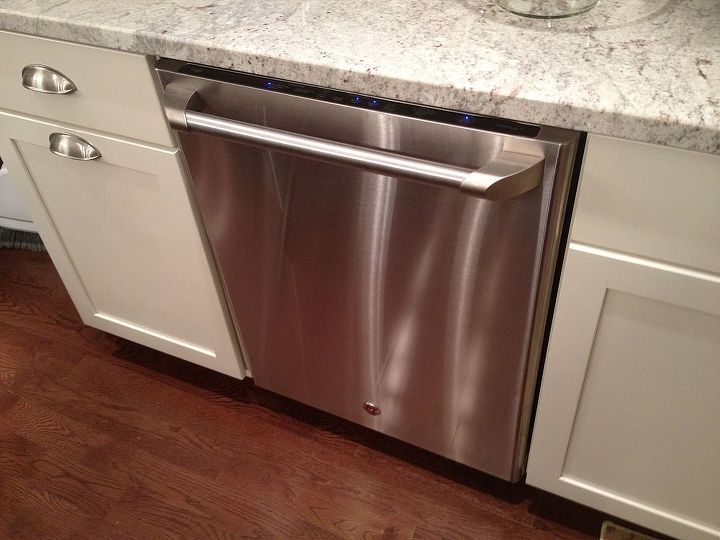



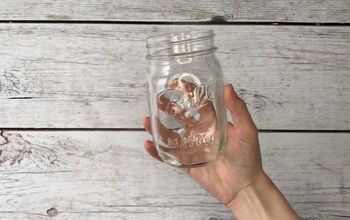
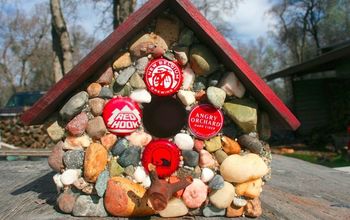


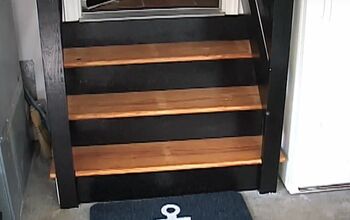
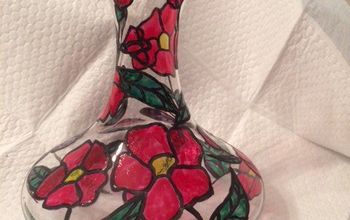
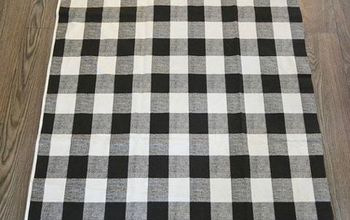




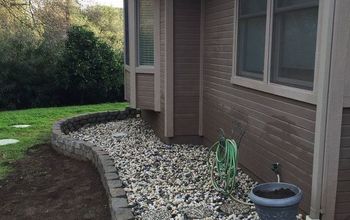







Frequently asked questions
Have a question about this project?